The Reading Method
Welcome to Episode 4 of Against Coffee Table Books, where we explore the different ways we read (and the ways we don’t).
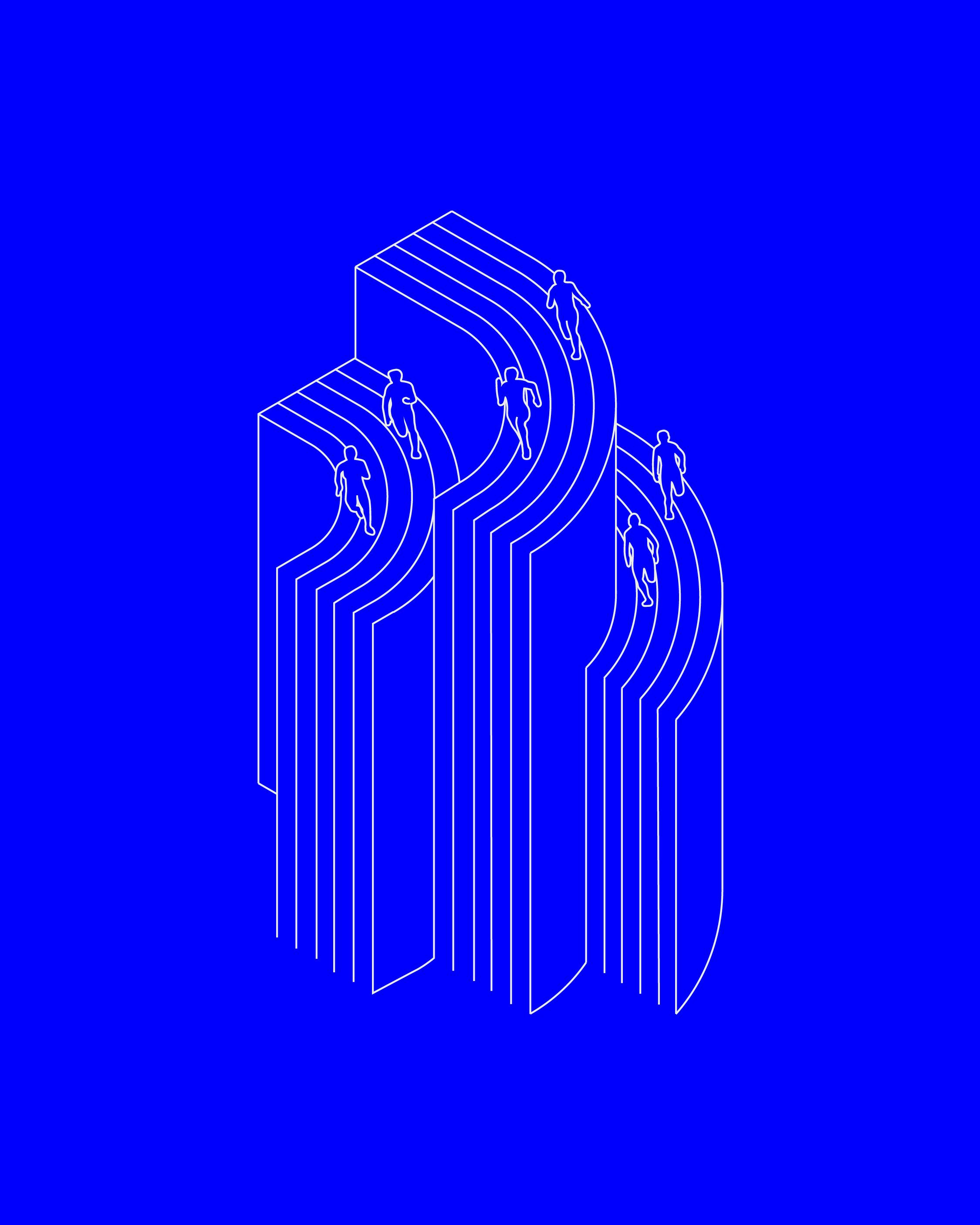
“I buy more books than I can read.” Sound familiar? It’s a line you’ve probably heard (or said) more than once. Usually, it comes bundled with a set of built-in excuses designed to pivot the conversation elsewhere: “Lately I barely have any free time, because of work, school, life, you know?” And just like that, the topic drifts off, and we lose sight of the original question: why do we keep buying more books than we’ll ever read? And more importantly, is it actually a problem? Welcome to Episode 4 of Against Coffee Table Books, a column by bruno.
In this episode, we dive into the reading method, unpacking the different ways we read (and yes, the ways we don’t), while offering a more nuanced portrait of readers than your average Goodreads profile.
In the previous episode, we mapped out a few reader archetypes based on how their bookshelves appear in the background of Zoom calls, laying the groundwork for a sort of reader morphology. This time, we shift focus from how readers visually arrange the texts they consume to how reading itself does or doesn’t happen. That’s right, The Reading Method isn’t just about consumption, it’s about attention, pace, and presence.
Now, here’s the twist. The categories that best help us decode reading habits don’t come from libraries or literary theory; they come from sports. I know what you’re thinking, eyebrows raised. Reading is supposed to be part of the sacred realm of the cerebral, sedentary, and solitary, whereas sports are kinetic, sweaty, and usually social. But hear us out: this isn’t about turning reading into a ruthless competition (we’re not ranking readers by words per minute, promise). Instead, it’s about understanding that reading, much like athletic training, comes in many forms like, intervals, endurance, warm-ups, and cooldowns.
So, deep breath. Take your time. Let go of your assumptions, and join us as we explore The Reading Method: a system that might change the way you think about books, effort, and the space in between.
The Speed Reader
Howard Stephen Berg holds the distinction of being the world’s fastest reader. We’re not talking about a page a minute, or even ten. According to the Guinness World Records, Berg can read 80 pages a minute. If your head is spinning just thinking about it, there’s a short video online where he breaks down his method.
Google his name and one of the first things you’ll find is a Reddit thread full of skeptics wondering if it’s all just a clever marketing ploy. And to be fair, Berg has made a small business empire around his ability, complete with books, CDs, and videos for aspiring speedsters. He claims his methods can double, even triple your reading speed. Naturally, where there’s a flashy method, there are knockoffs too. But not everyone’s convinced.
One Reddit user puts it bluntly: “I’ve always hated people who brag about reading fast. Like, why are you reading? It’s not a race. I don’t believe anyone can actually absorb everything in a book at that pace. It sounds unenjoyable and pointless.” A classic response, one we highly recommend keeping in your back pocket in case someone points out that the book on your nightstand has been open to the same page for over a month.
As discouraging as Speed Reading might sound to those who love to slow down and savor a good book, there are readers who absolutely devour texts. These are the speedsters of the reading world: they zip through lines, flipping pages like they’re watching a movie they don’t want to pause. Their passion for what they’re reading practically propels their bodies into motion, their eyes dart across the page, and their imagination races just as fast. If you’re wondering where on earth they find the time to read so much, rest assured: they’re probably wondering how you can stand leaving a book unfinished for days.
There’s a simple trick to spotting a Speed Reader: just casually mention that “reading quickly is the opposite of reading deeply.” Like clockwork, they’ll pop up like moles in a garden and insist that the opposite is true: that they love what they’re reading so much they simply can’t stop.
But honestly, these debates don’t lead anywhere and just create unnecessary drama. What really matters is this: if you’re feeling frustrated because you’re not reading as much as you'd like, chances are you’re comparing yourself to a Speed Reader, and that comparison is more harmful than helpful. But sure, if you’re interested, there are plenty of ways to improve your reading speed, and Berg would be more than happy to teach you a few tricks. Yet, the real power move is to acknowledge your own reading style and pace. That, right there, is an excellent and encouraging place to start.
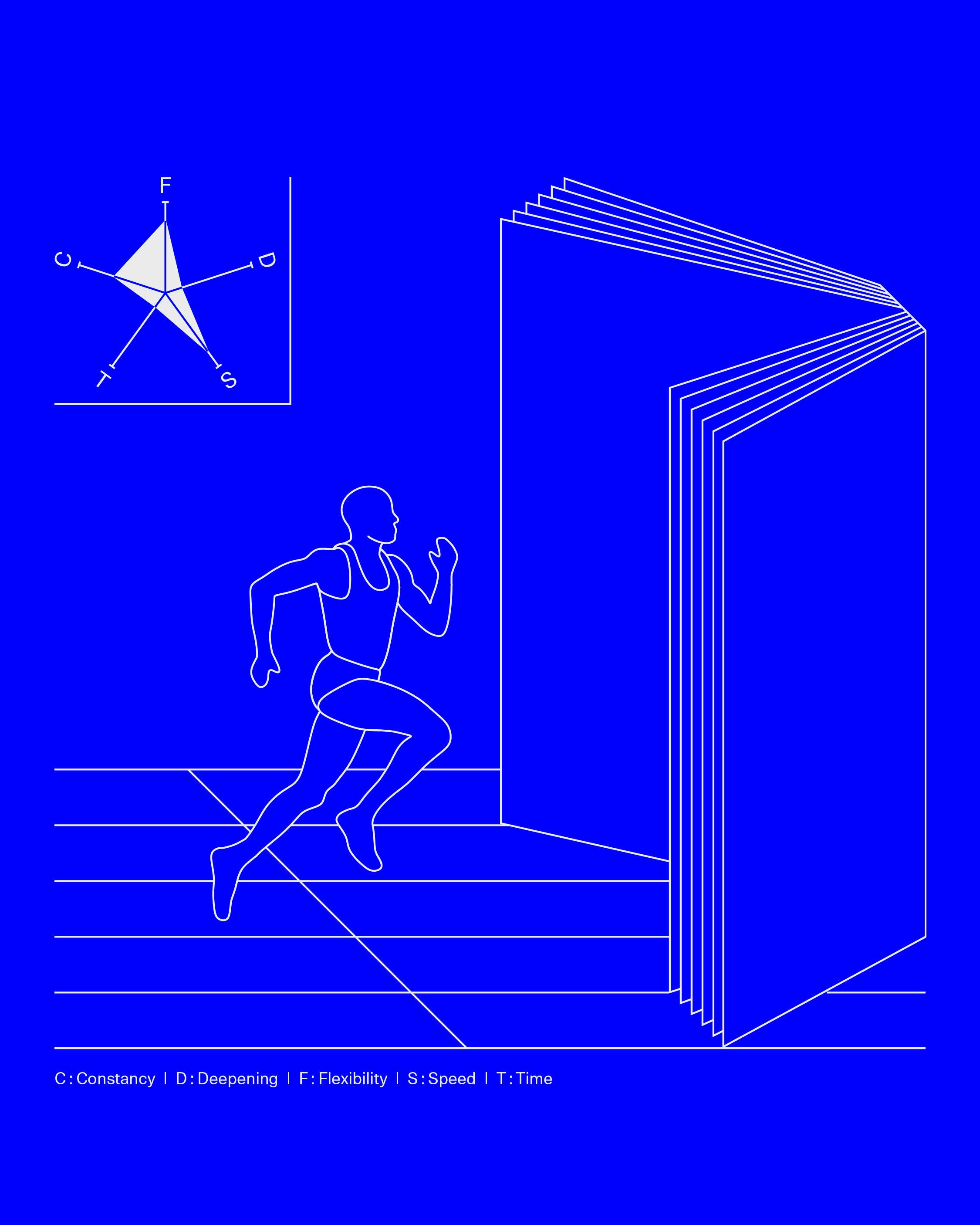
The Speed Reader.
The Immersion Reader
There’s a quiet judgment that bubbles up in certain corners of the reading world. It goes like this: “Speed Readers aren’t really reading. They’re just skimming in disguise.” The counterpoint is usually some kind of humblebrag: “Sure, I read less, but I go deeper.” Speed Readers say they are so immersed they can’t pull themselves away from the page. But this back-and-forth rarely leads anywhere useful.
What’s more interesting is that there is a kind of reader out there who isn’t just reading for the plot or page count, but diving headfirst into the text itself. Let’s call them Immersion Readers. This type of reader can be seen as a deep-sea diver, the kind who trains not for speed, but for depth. Like freedivers who learn to control every breath and muscle to sink further into the ocean, Immersion Readers train themselves to descend into the language and its content.
They’re the kind of people who will re-read the same sentence seven times, not because they didn’t get it the first time, but because they’re mining it. Every phrase is a reef, every word a hidden cave. It’s not just comprehension; it’s exploration. And just like diving, immersion reading takes discipline, not of the lungs, but of the eyes. It’s about resisting the twitchy instinct to turn the page before a thought has fully settled. It’s about sitting with ambiguity. About circling back. About letting a metaphor sit in your gut for a minute before moving on.
To The Immersion Reader, a book isn’t a linear story engine. It’s a vertical shaft. They’re not reading forward, they’re reading up to down. Digging. Descending. Sifting through layers of meaning, symbolism, and history, sometimes within a single sentence. The page becomes a quiet abyss. Immersion Readers like Speed Readers can’t put the book down. But their obsession isn’t driven by narrative speed or cliffhangers. It’s driven by a need to excavate. They’re not racing through the book. They’re tunneling into it. So while The Speed Reader might crush three novels in a weekend, The Immersion Reader might still be circling the same chapter come Monday morning. And to them, that’s not a loss, it’s the whole point.
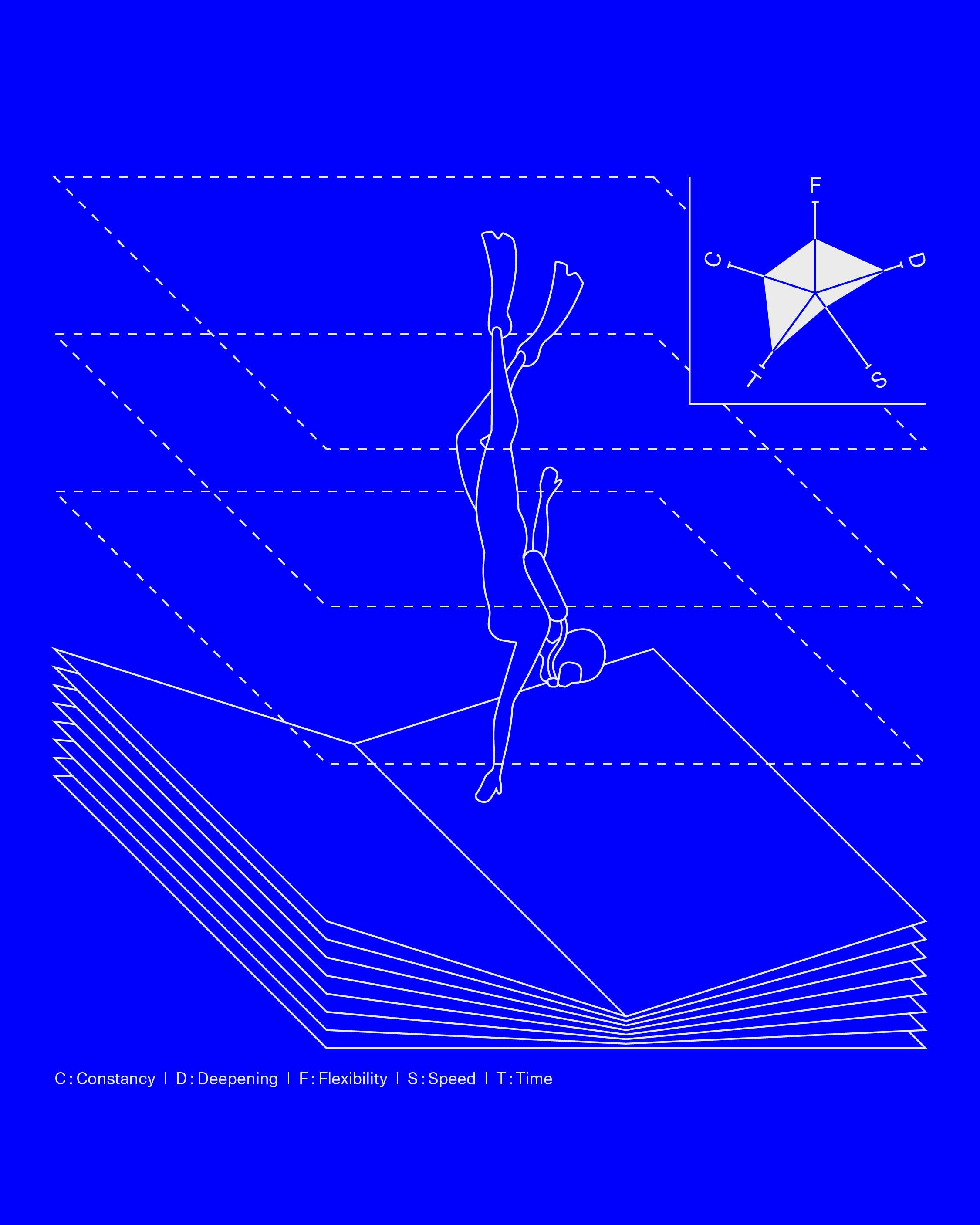
The Immersive Reader.
The Reading Bodybuilders
In our journey through the world of readers, we've already explored two ends of the same spectrum: speed. But what distinguishes different types of readers isn't only how fast they read; it's also about how they do it. This is where the sports analogy goes full throttle, as we introduce The Reading Bodybuilders. And yeah, we get it. As soon as you hear "bodybuilder," your brain probably conjures up some overly tanned, protein-shake-fueled dude who looks nothing like someone you'd imagine curled up with a Dostoevsky novel in a quiet park. But that’s a tired, elitist cliché we need to bench right now.
Because if you strip away the snobbery, you'll find that bodybuilders are indeed the ideal metaphor for a particular type of reader: the disciplined, methodical, laser-focused type. Reading Bodybuilders are those who treat books like workouts. Reading isn’t just something they enjoy; it’s something they train for. They structure their reading time with the precision of a gym routine: 20 minutes after lunch, 30 minutes before bed... or they go by quantity: 20 pages of nonfiction, 30 pages of fiction, one novel a month, plus three online articles a week, minimum.
Here, speed takes a backseat. What matters is consistency. And that brings us to their secret weapon: discipline. The Reading Bodybuilder doesn't care about the pages they didn’t get to yesterday; they care about showing up today. They know the end-of-month goal is hit not by sudden bursts of energy, but by small, intentional reps, every single day.
Unlike The Speed Reader or The Immersive one, The Reading Bodybuilder views reading as a transformation. Not just intellectual, but behavioral. They’re building a habit, a space in life free from the infinite scroll and endless distractions. They’re carving out quiet. They’re reclaiming attention. Honestly, they’re kind of zen (sic!).
Picture it: Ronnie Coleman in lotus pose, meditating in a Japanese garden, a paperback balanced on his quads. That’s the vibe.
And just like their gym-rat counterparts, Reading Bodybuilders believe in the power of positive feedback loops: the effort improves your reading, and reading improves your ability to sustain effort.
As seven-time Mr. Olympia Arnold Schwarzenegger once said: “Your struggles develop your strengths. When you go through hardships and decide not to surrender, that is strength.” Reading is no different.
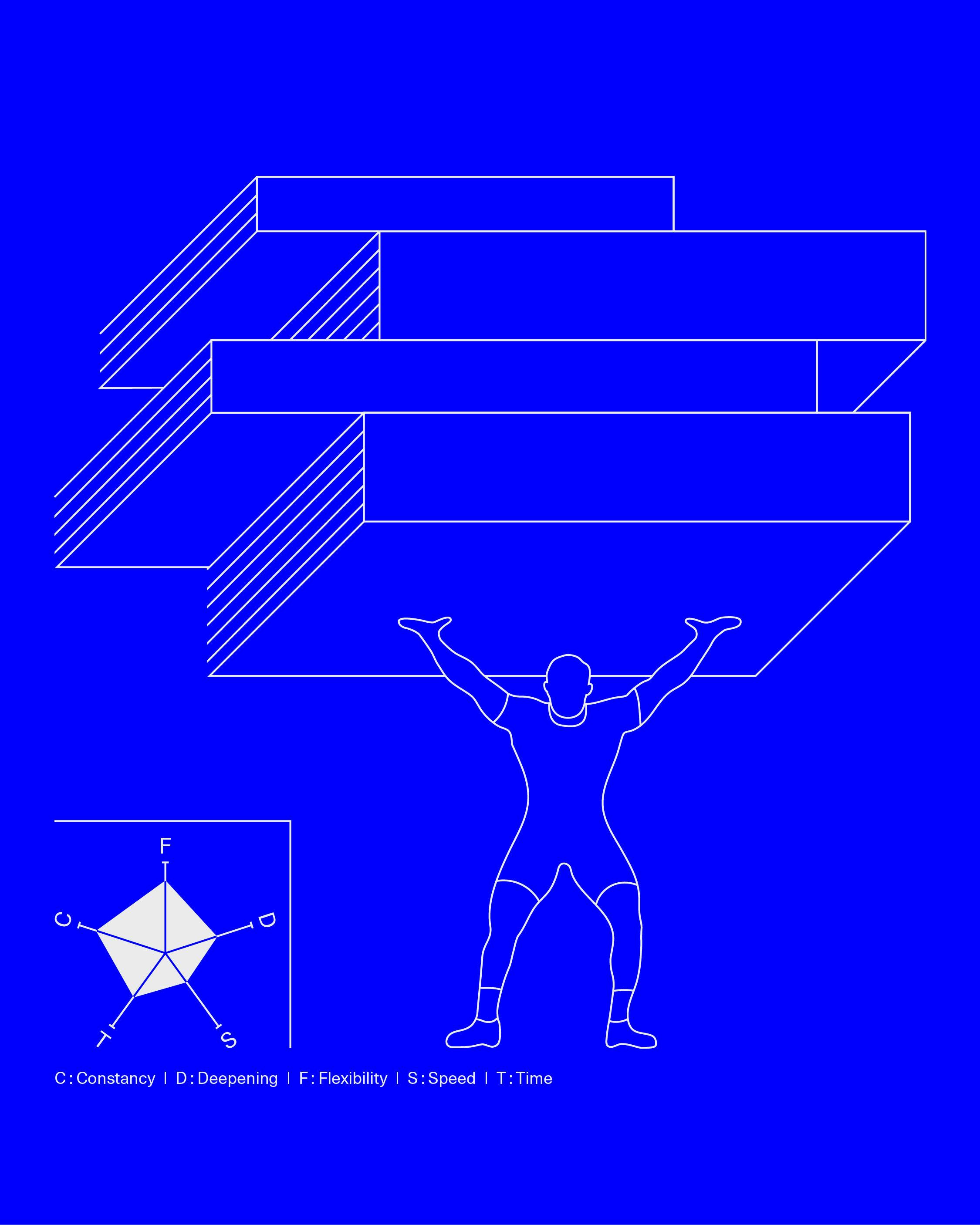
The Reading Bodybuilders.
The Reading Triathlete
What about all those readers who bounce between bursts of speed and moments of... well, total standstill? The ones who shift goals mid-book, or whose reading style never quite settles into a pattern? Are they lost in some unmappable gray area?
According to the science of reading methodology, there's a fourth archetype, one that thrives in transition, adapts on the fly, and doesn’t fit neatly into a single category: The Reading Triathlete.
Just like the endurance athletes who swim, bike, and run in rapid succession, reading triathletes move across literary terrain using a variety of styles, speeds, and mental gears. The difference is that in this scenario there’s no fixed order. Their rhythm isn’t predictable. They’ll sprint through a novel one week, then sink deep into a philosophical essay the next. Sometimes they’ll read in a disciplined, structured way — twenty pages a night, always before bed — and sometimes they’ll binge-read half a book in a single, chaotic night run.
Here’s the thing: despite the seemingly erratic pattern, there is a constant. A pulse. A baseline obsession with books that never fades, even if the method keeps shifting.
Spotting a Reading Triathlete is easier than you think, despite how complex they are. You’ll notice they often have multiple books going at once, but not in a flaky way. It’s strategic. They know which books deserve a quick skim and which demand slow, deliberate attention. They know when to push through and when to pause. They might use tricks, such as breaking chapters into timed segments or dedicating fixed windows in their day to read, but they’re also smart enough to abandon those methods when they get in the way. Sometimes, the best reading happens when they don’t overthink it.
They’ve accepted a fundamental truth: the relationship with reading is a long game. Not every session has to be profound. Not every book has to be finished. But the journey is sacred. Reading Triathletes aren’t loyal to one form of reading, but to the act of reading itself. Their adaptability is their strength. They can shift between nonfiction and graphic novels, ancient philosophy and trashy thrillers, without losing momentum. For them, reading isn’t about perfection. It’s about presence. It’s about listening to what the mind needs that day and responding accordingly.
Think of them as the literary equivalent of those friends who meal-prep their quinoa bowls but also down a bag of chips in one sitting without guilt. They’re balanced. Flexible. Resilient.
And perhaps most importantly, they remind us that there isn’t one right way to read, just the right way for you, right now.
If you’ve never seen yourself as a Speed Reader, a Deep Diver, or a hyper-disciplined Book Athlete, don’t stress. You might just be a Reading Triathlete, fluctuating between methods, always in motion, always coming back to the page.
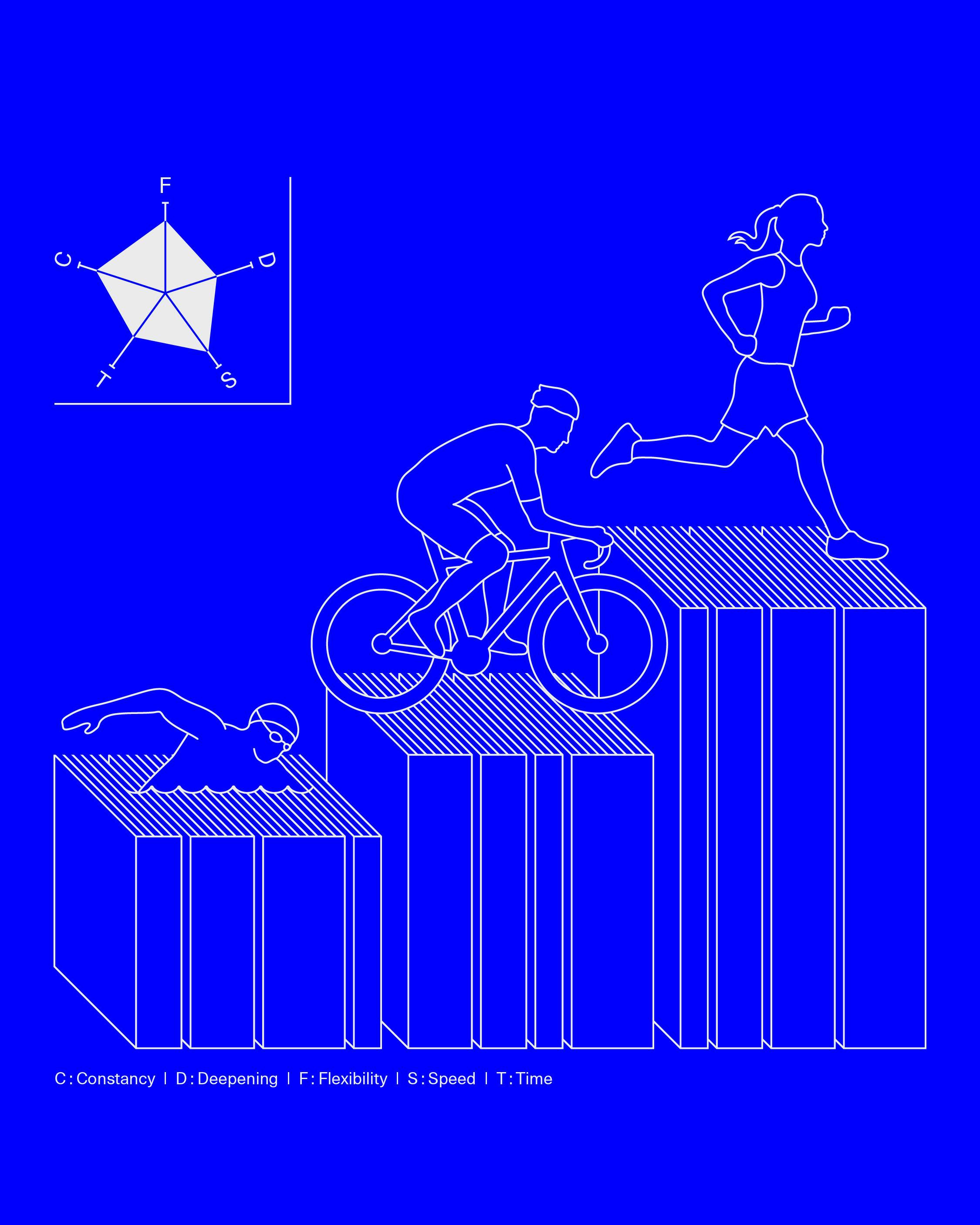
The Reading Triathlete.
A Speed for Every Book, A Reader for Every Speed
Let’s get one thing straight: these four reading styles aren’t fixed categories. They’re more like fluid states of being. You’re not locked into one forever. If there’s one thing the science of reading methodology teaches us, it’s this: don’t just pay attention to how fast you read, but pay attention to why you’re reading, what you’re reading, and how that book wants to be read.
Sure, an Immersion Reader might never morph into a purebred sprinter, but reading isn’t just about speed or discipline. It’s about flow, context, genre, and even mood. It’s about syncing up your own rhythm with that of the book in your hands. This brings us to one of the core mantras of reading methodology: “A speed for every book, a reader for every speed.” Because here’s the truth: you don’t read a conceptual art book like you read a political essay. You don’t approach a poetry collection the same way you devour a beach thriller. Even within fiction, some authors write with a pulse that mirrors a heated conversation — fast, clipped, emotional — while others take their time, building worlds in quiet, meditative detail. The tempo is in the text itself. You just have to listen.
Some books ask you to slow down. Others drag you forward like a current. It’s your duty, as a reader, to find the pace that lets you truly hear what the book is trying to say. In broad strokes, methodology can categorize a Speed Reader as someone who holds a steady pace across formats, page counts, and time constraints. But that’s just one type of harmony. The second part of the mantra, “a reader for every speed”, is a reminder that you don’t have to fit someone else’s pace. You get to adjust speed as needed.
This isn’t a judgmental system curated to rate how “seriously” you read. It’s a framework that encourages flexibility, nuance, and self-awareness. It says: Let your reading be responsive. Let it breathe.
Imagine the book you’re reading as a piece of music. To truly lose yourself in it, you have to move in sync with its tempo. Maybe you’re swaying to a slow jazz ballad, sprinting through a punk riff, or perhaps it's a sprawling, messy rhapsody that shifts genres halfway through. That’s fine too. Reading doesn’t need to be linear.
Because just like books come in every form and flavor, so do reading rhythms. Not every book should be read the same way or at the same pace.
So take your time. Or don’t. Skim. Highlight. Re-read. Drop a book halfway through and come back to it a year later. Or never. Reading is a relationship, and like any good relationship, it thrives on attention, not on performance.
Put on your red shoes and dance the book.
bruno. is the pseudonym of Andrea Codolo and Giacomo Covacich since 2013. The project, which is based in Venice, combines a graphic design studio, an exhibition space and a specialist bookstore focussing on visual communication and international independent publishers. As for communication design, the studio deals in particular with visual identities, setting up exhibitions, publishing projects, information design and data visualisation in collaboration with institutions, cultural foundations and private clients. Since 2014 bruno has also become a publishing brand.
bruno. is the pseudonym of Andrea Codolo and Giacomo Covacich since 2013. The project, which is based in Venice, combines a graphic design studio, an exhibition space and a specialist bookstore focussing on visual communication and international independent publishers. As for communication design, the studio deals in particular with visual identities, setting up exhibitions, publishing projects, information design and data visualisation in collaboration with institutions, cultural foundations and private clients. Since 2014 bruno has also become a publishing brand.